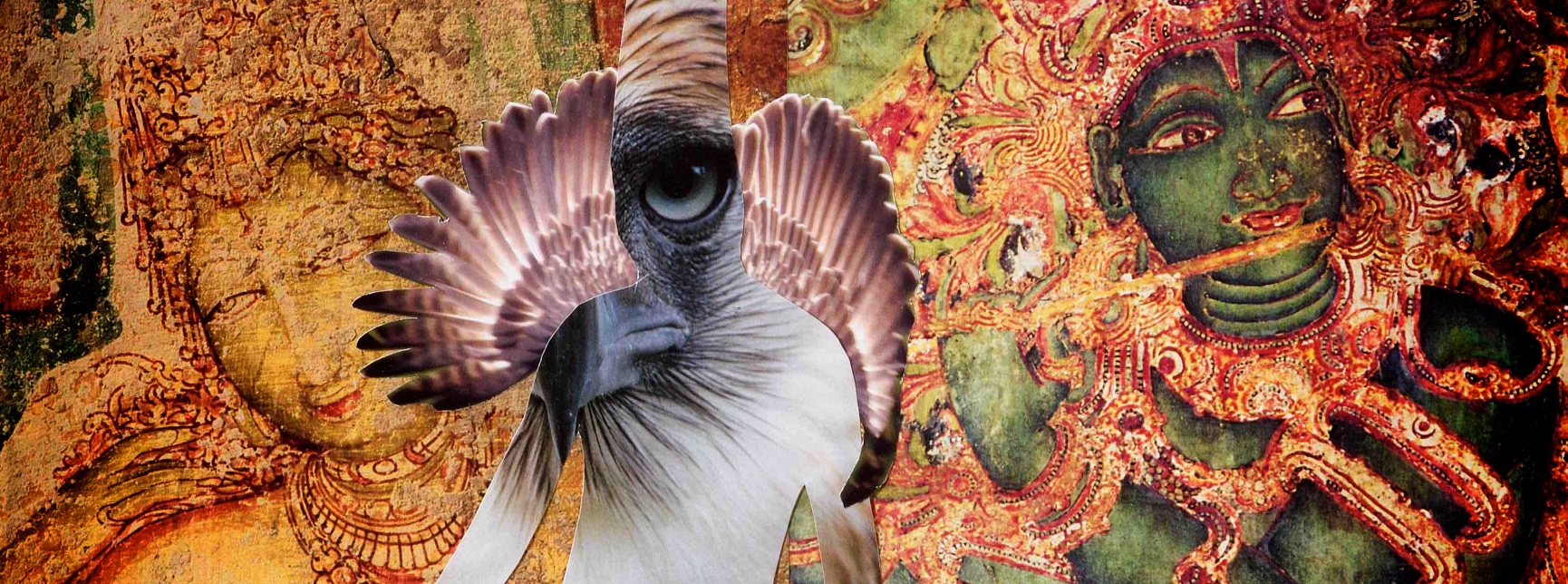
"Life is a cut up. And to pretend that you write or paint in a timeless vacuum is just simply not in accordance with the facts of human perception."
— William S. Burroughs
I’ve been cutting up pictures to make collages for as long as I’ve been cutting up sentences to make writing. For me the two processes are indivisible. In both creative acts the underlying objective is to see with fresh eyes and thereby get a hit of Rimbaud’s ‘systematic derangement of the senses’.
My favorite situation is to have a table laden with random images across the room from the desk where I’m working. I write for a bit, then go and shuffle pictures into a collage. In both cases I’m looking for juxtapositions and enjambments that disrupt the habitual patterns of my thinking.
The accident of spontaneity is not something that can be willed into being. It’s a product of absolute openness to the moment, a kind of wide-eyed susceptibility to irrational influence. Let word and image fall where they may and learn what you can from it.
Here’s a little speech from a novel I’m writing at the moment: a 15 year old kid talking to his dad about how he got into making collages — while they navigate mid-town Manhattan traffic.
Last semester we did an art history section on montage — Heartfield, Schwitters, Rauschenberg, all these guys — and I just kind of got it. They were bleeding energy across the images, like how we see — that woman with the poodle, the store window behind her, this jogger coming through, the red of that fire hydrant — it’s all these opposite things, a stream of little visual accidents that only stay as long as we’re looking at them. And sometimes the visual accidents actually feel like they mean something, which I guess is what art is. Or life is. Or whatever.
Yes, sometimes collages do seem to mean something. A case in point, last winter while working on this same manuscript, I stumbled upon a visual accident that triggered a sequence of collages, now numbering some fifty-odd. I call them . . .
The Moving Spirit Series
First came this fellow (Fig 1) . . .
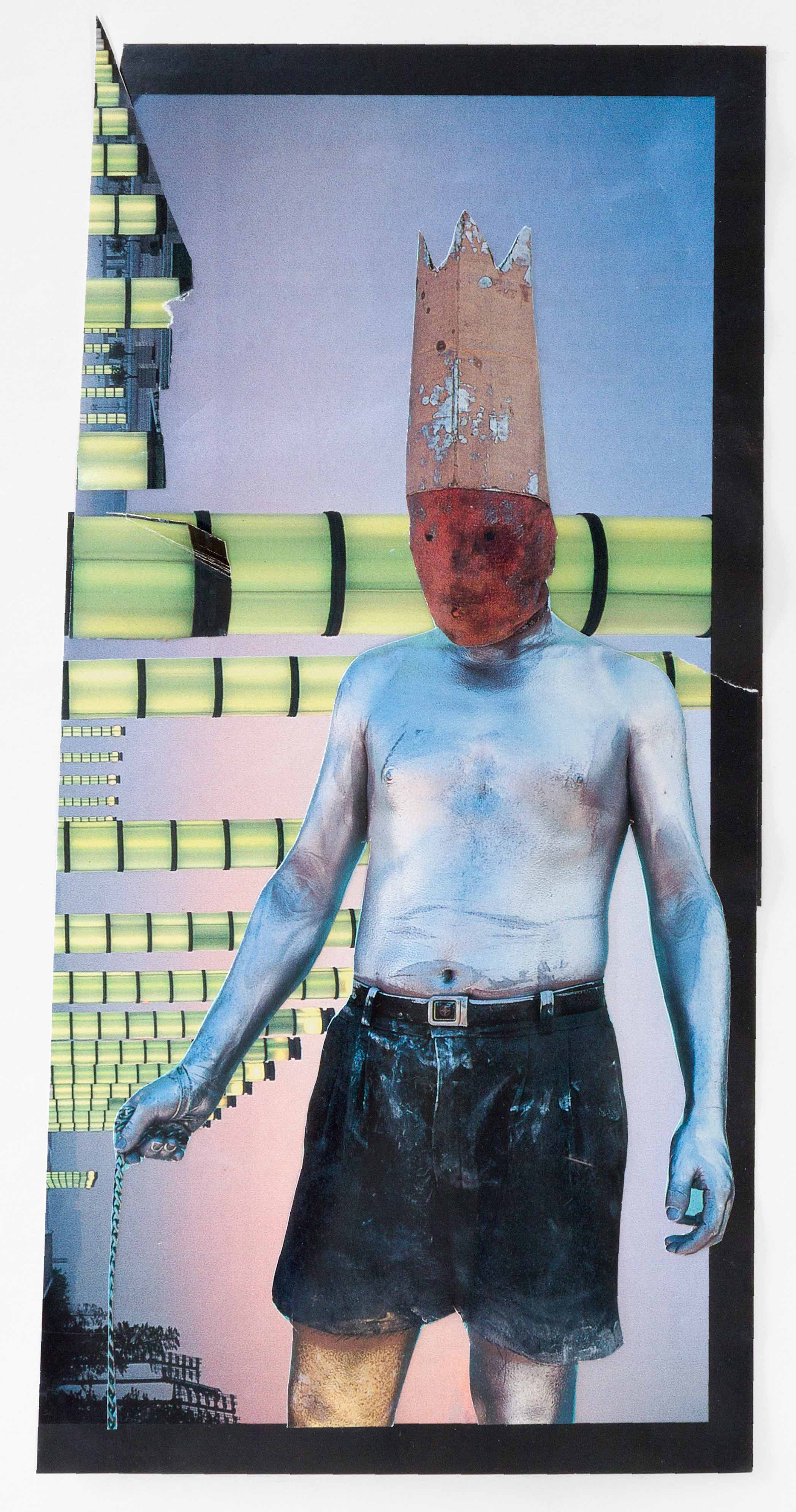
. . . a composite of four different picture elements. He seemed immediately emblematic to me, a slightly daft and demented Mardi Gras reveler who had somehow stumbled into an industrial park where human souls were being turned into green gas. His slack jawed brainlessness frightened me for a day or two, then I saw other possibilities for him (he was wearing a crown, after all) and cut out his silhouette to make a template so he could roam my field of vision.
What other minds and moods was this Moving Spirit capable of assuming? I dropped him on random images so he could explore his possibilities and demonstrate his awareness and understandings.
FIG 2. The Moving Spirit immediately revealed a softer side. In essence, he was a pure energy source from the natural world who stepped from the pages of the ancient texts.
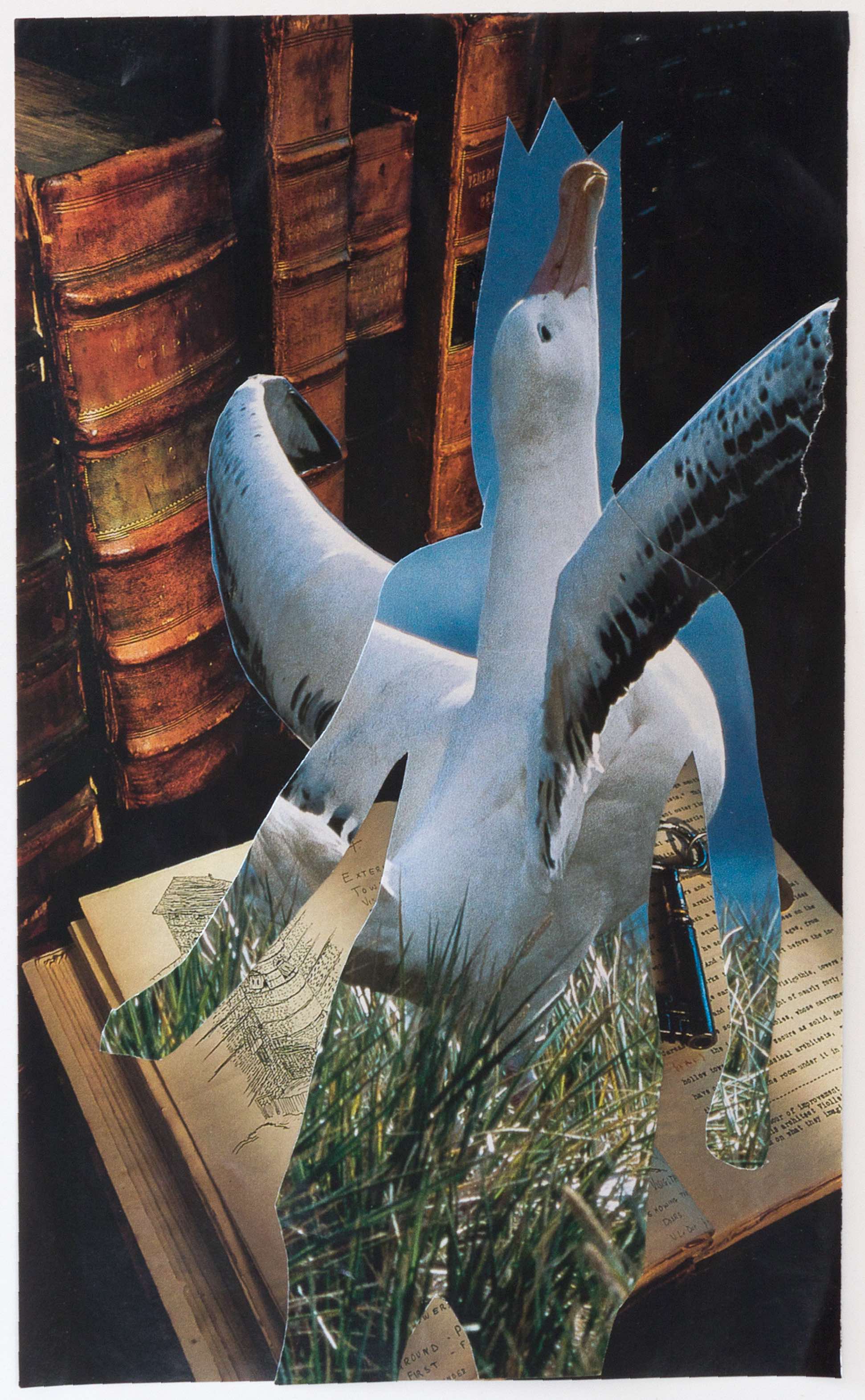
FIG 3. He carried the luminosity shared by all our gods.
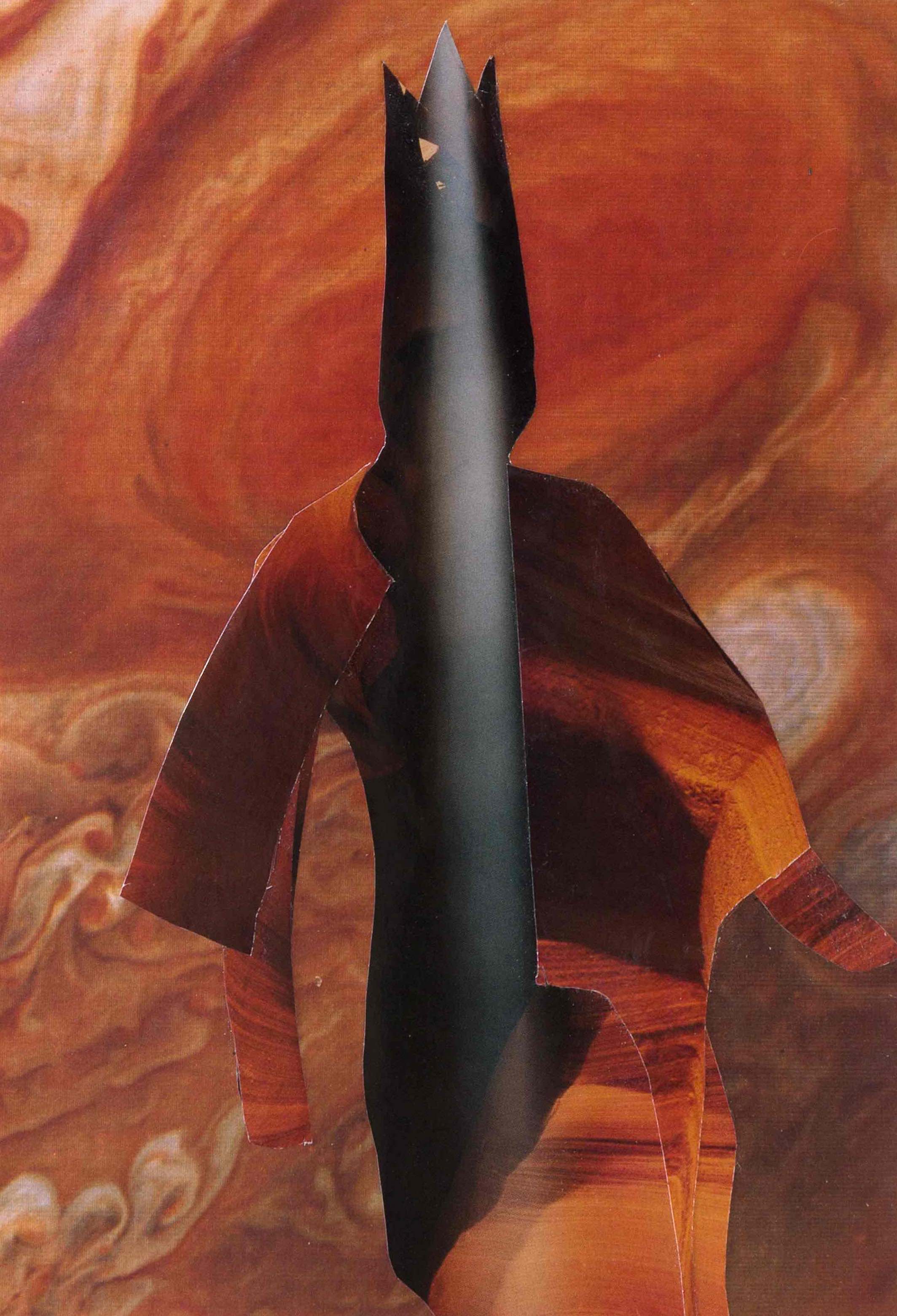
FIG 4. He was the rhyme inside all the ancient songs.
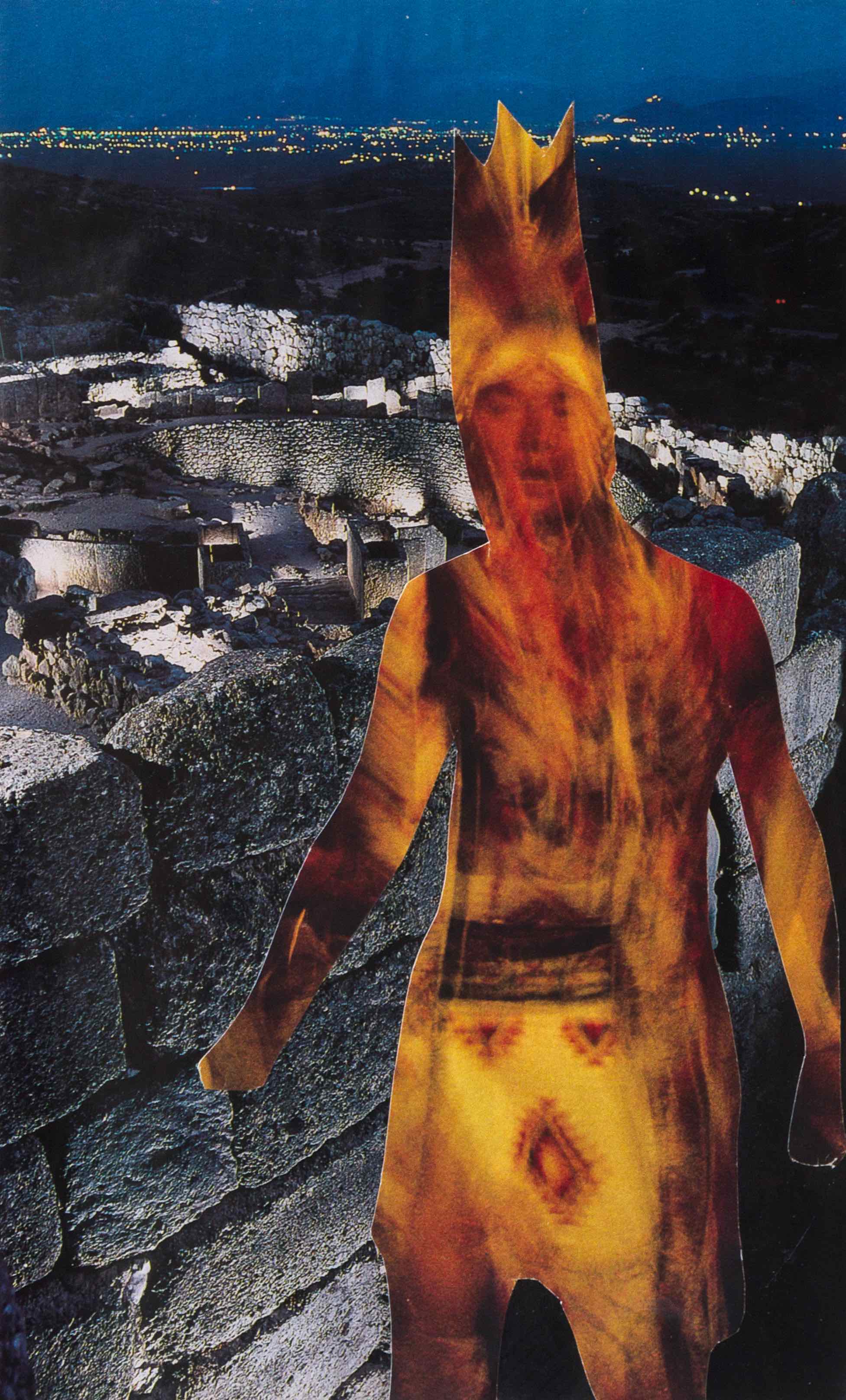
FIG. 5. And he was simultaneously in all places and all times. On the same day he walked on the moon, he was having sex with a praying mantis.
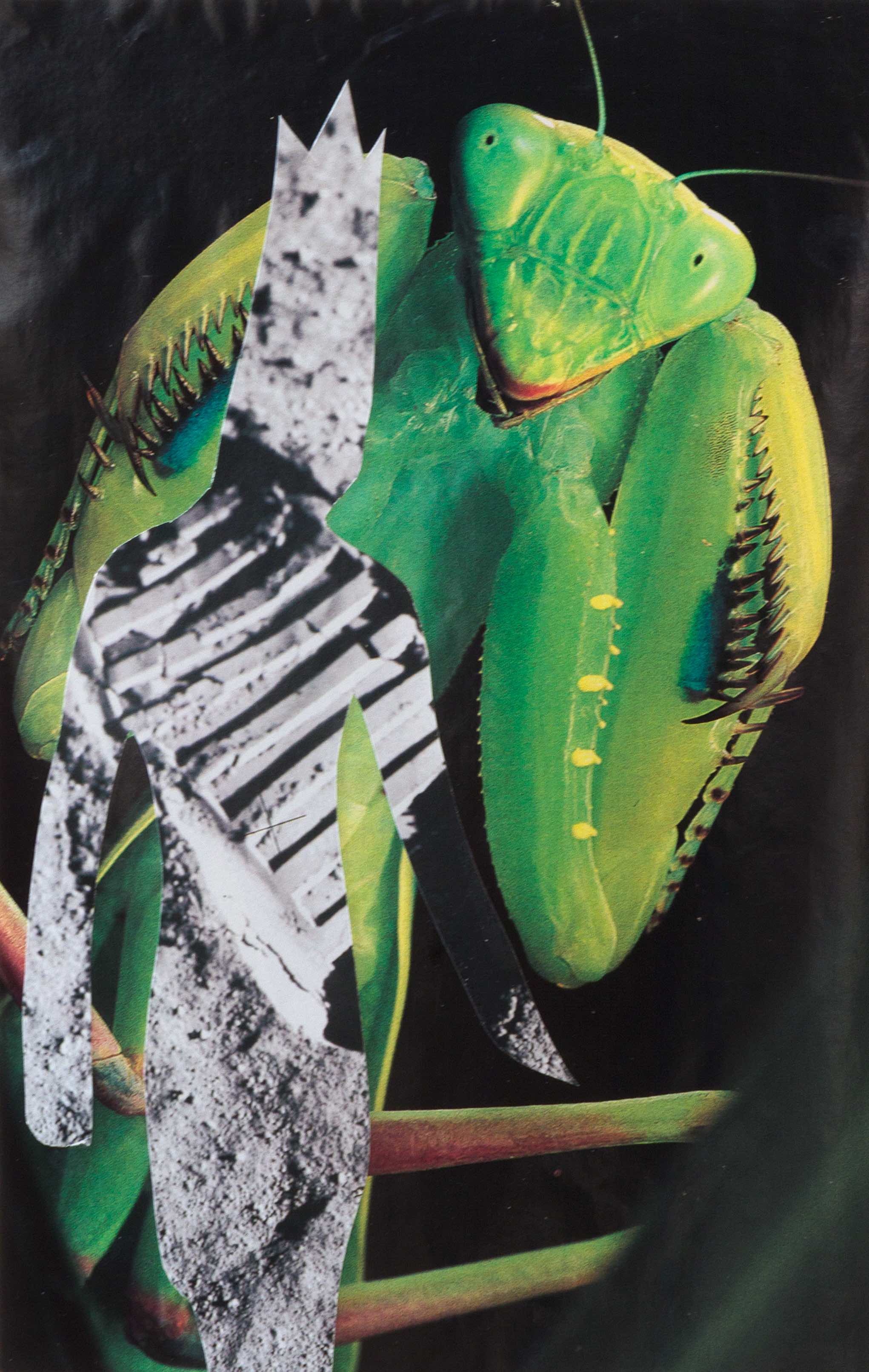
FIG. 6. And at any moment he could slip seamlessly back into the geological time frame from whence he had come.
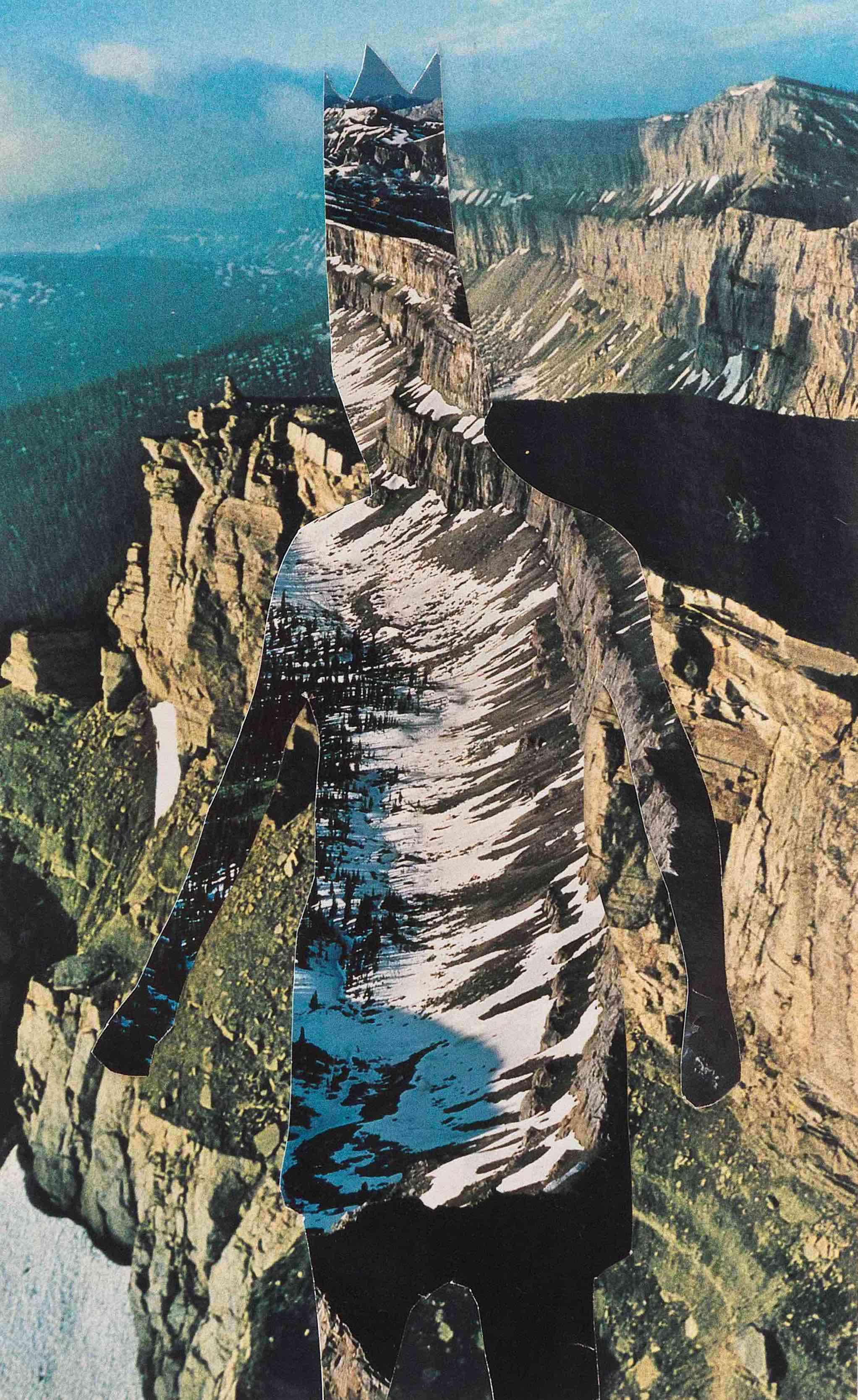
FIG. 7. The Moving Spirit slips through these embodiments without attachment. He is only made manifest in his movement between fields of vision. He is at once the great disrupter and the great connector.
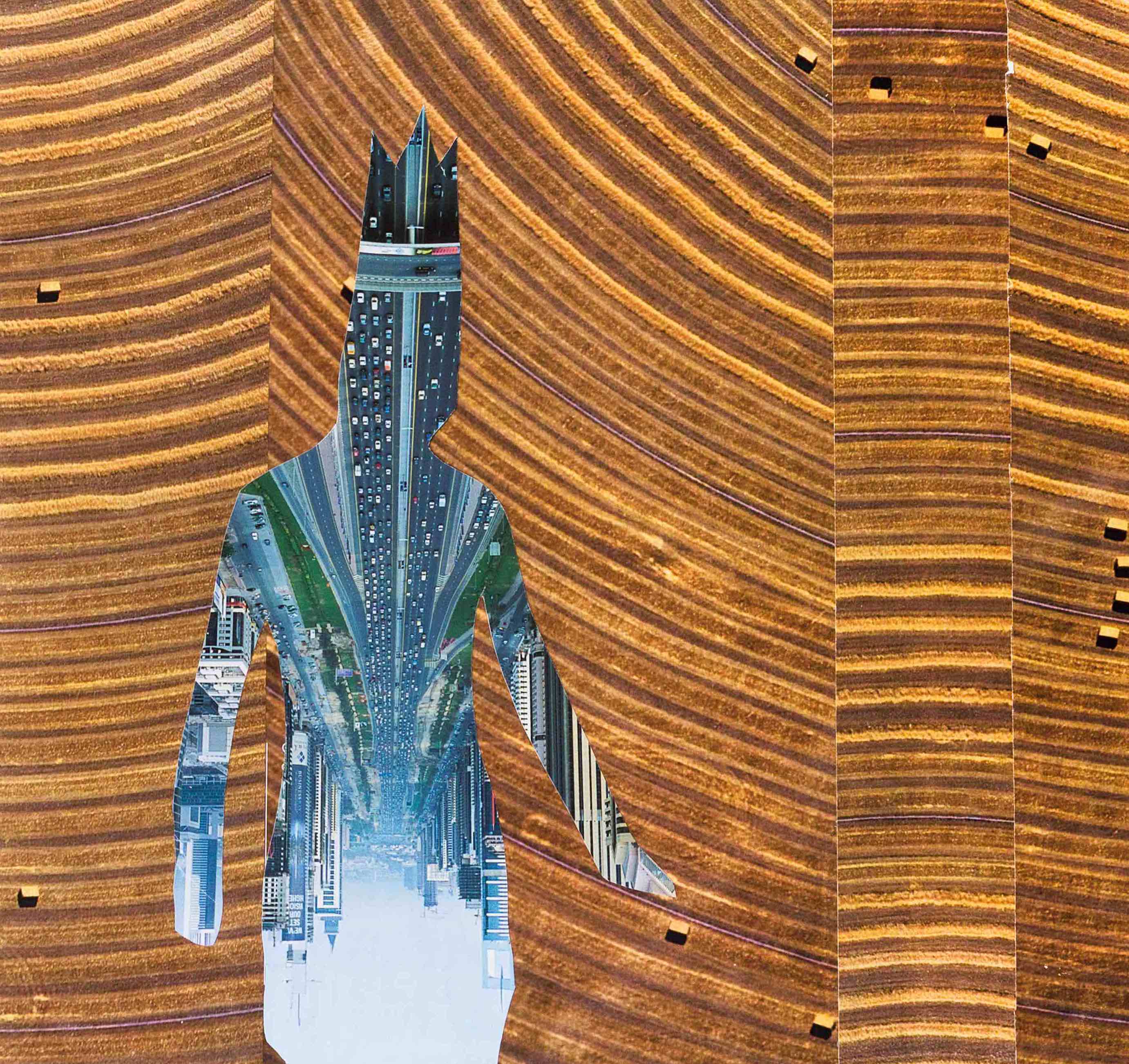
FIG. 8. However the Moving Spirit manifests, no matter how disturbing the image, he embodies the same light . . .
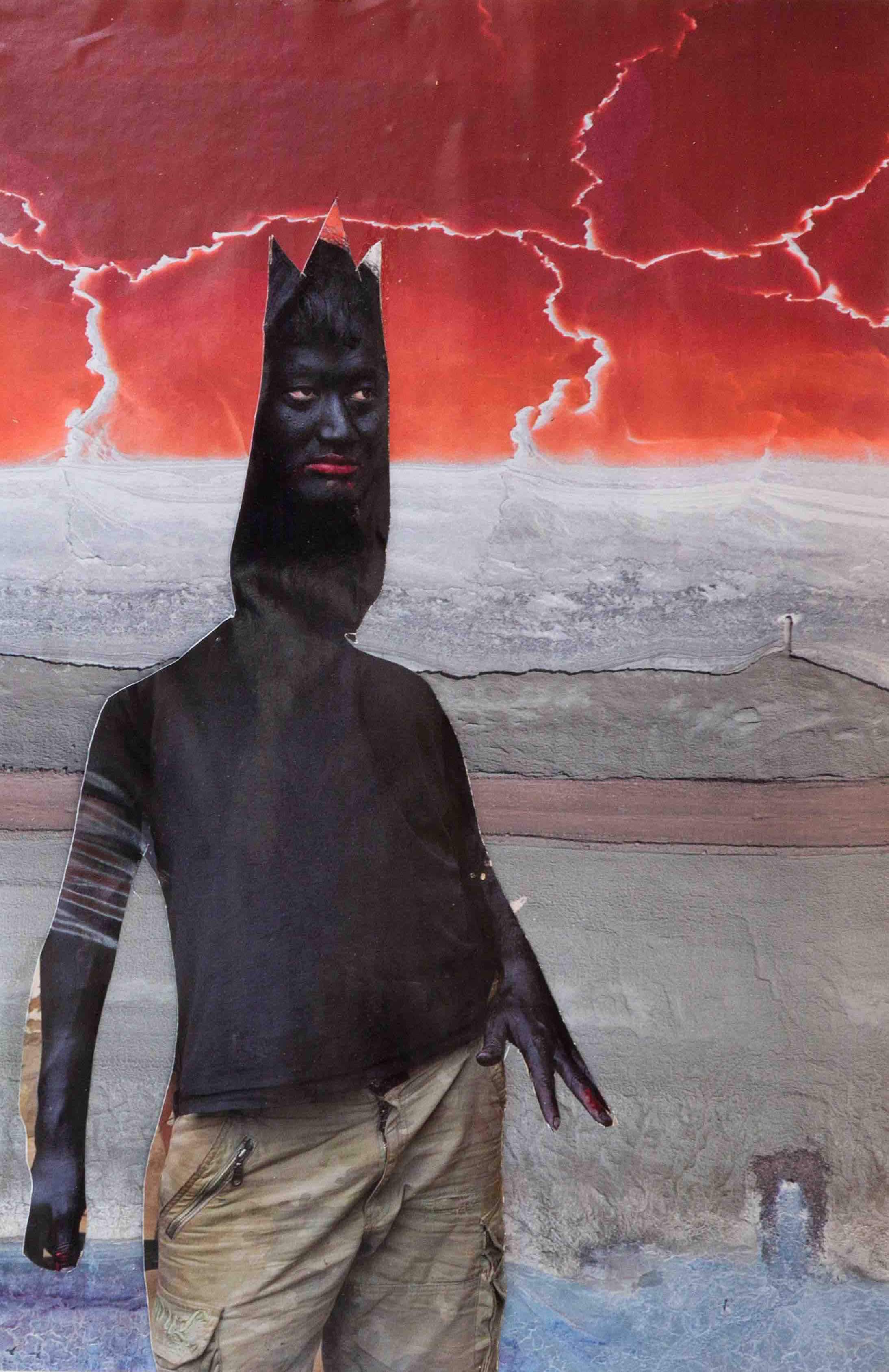
FIG. 9. . . . the same all-seeing, indivisible beauty.

And so we move in time, attending to those accidental juxtapositions that teach us to see ourselves seeing. Can spiritual liberation be far behind? ũ

THE IMAGES IN FULL SIZE
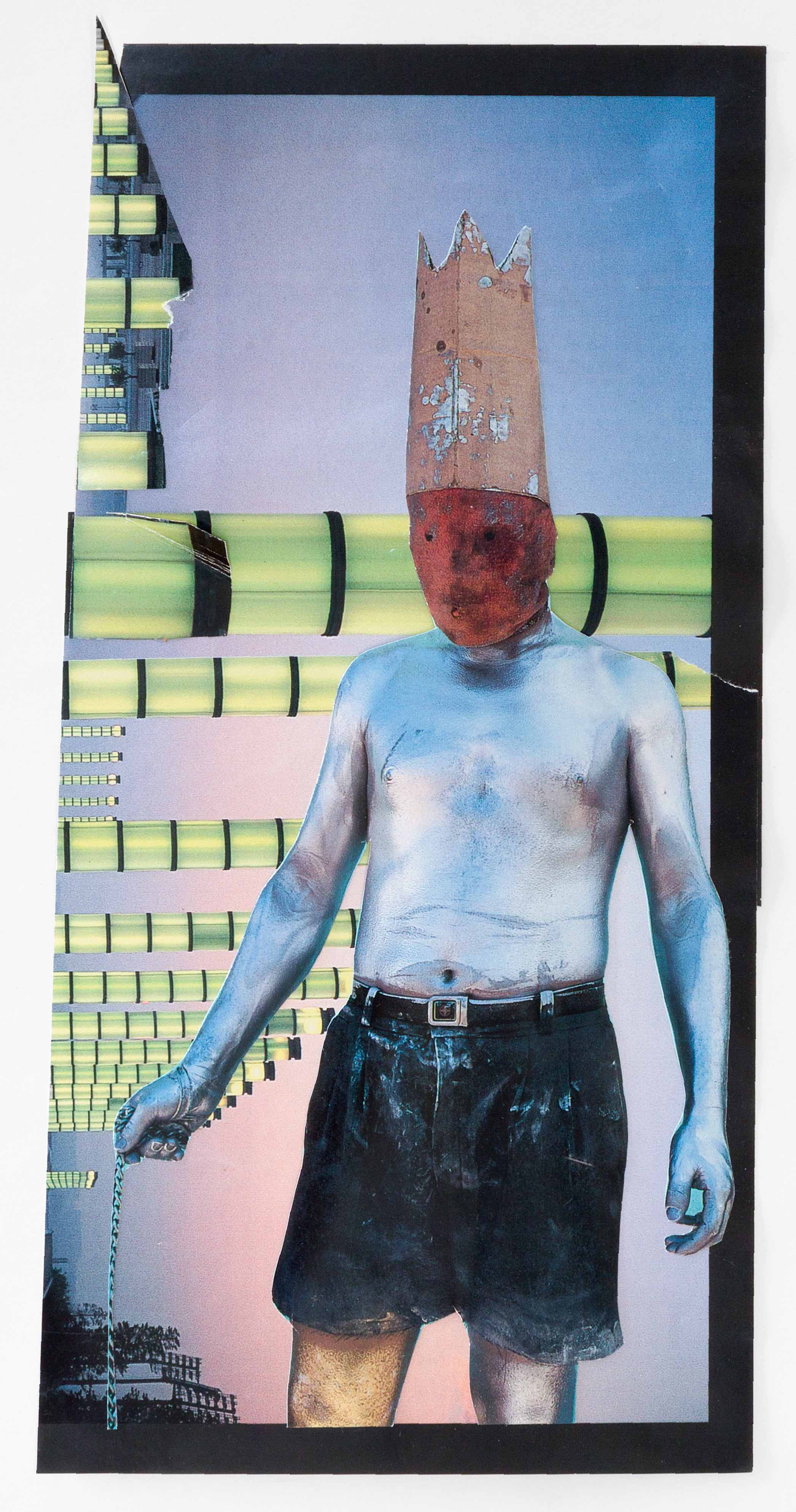
FIG. 1
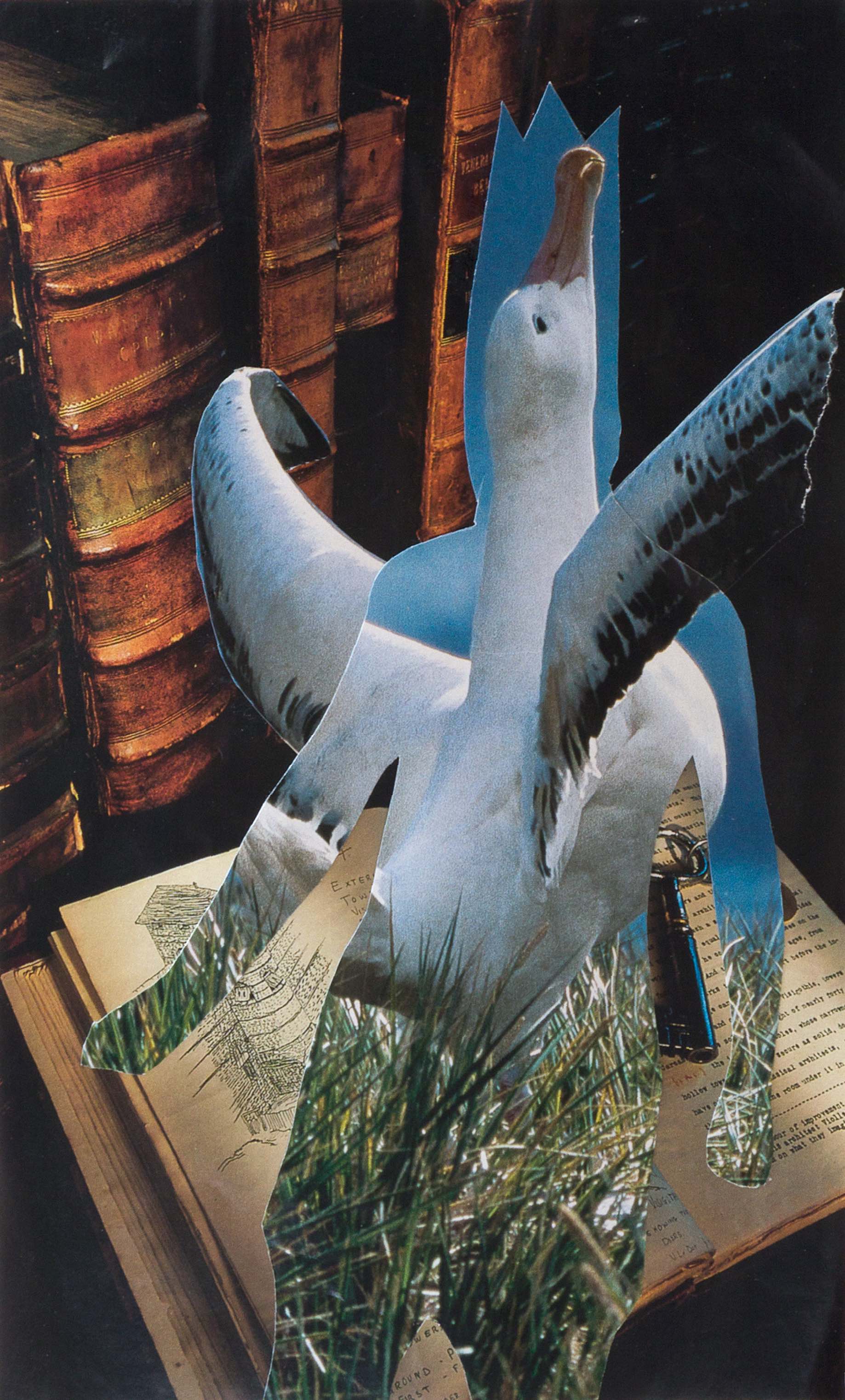
FIG. 2
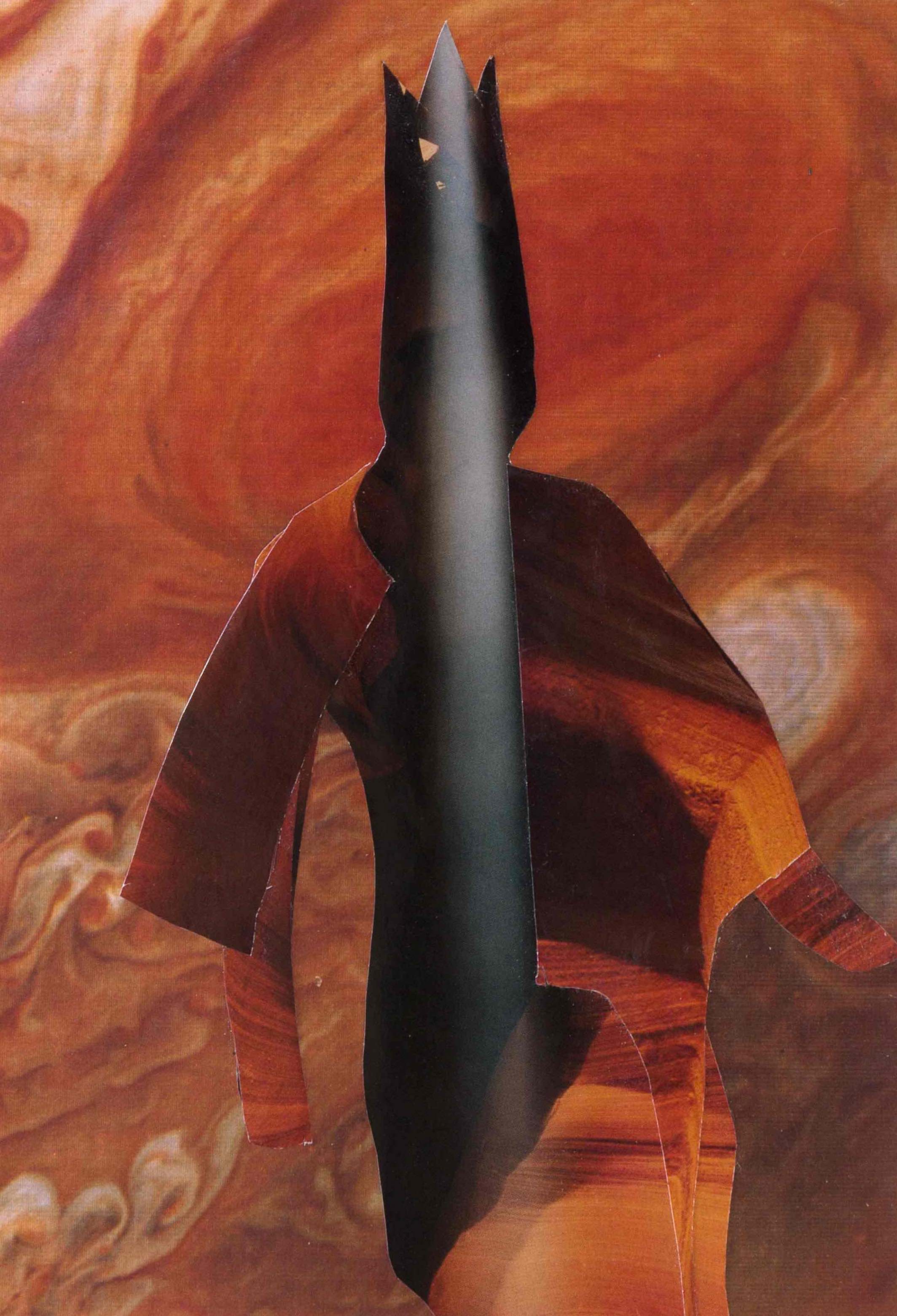
FIG. 3
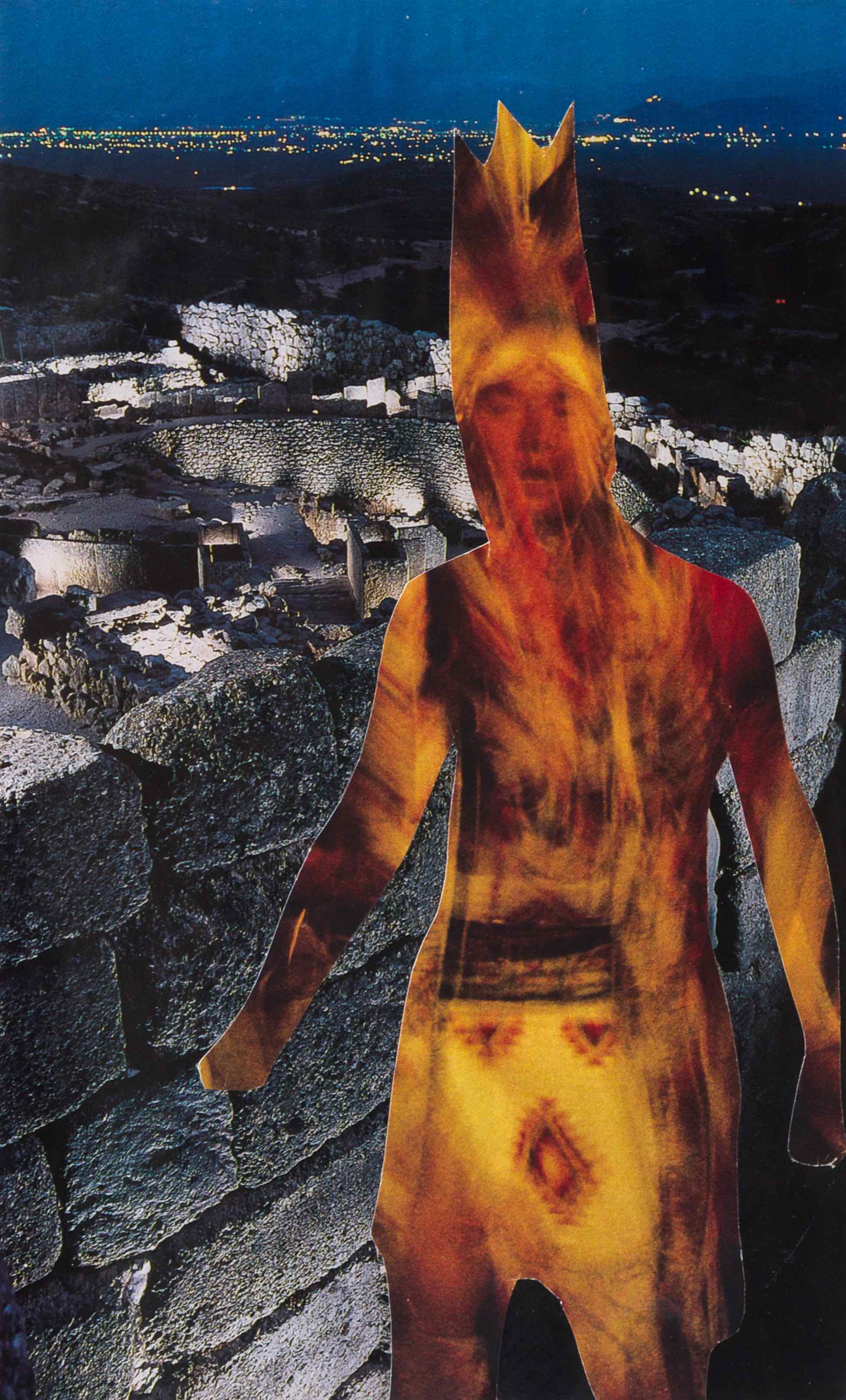
FIG. 4

FIG. 5

FIG. 6

FIG. 7

FIG. 8
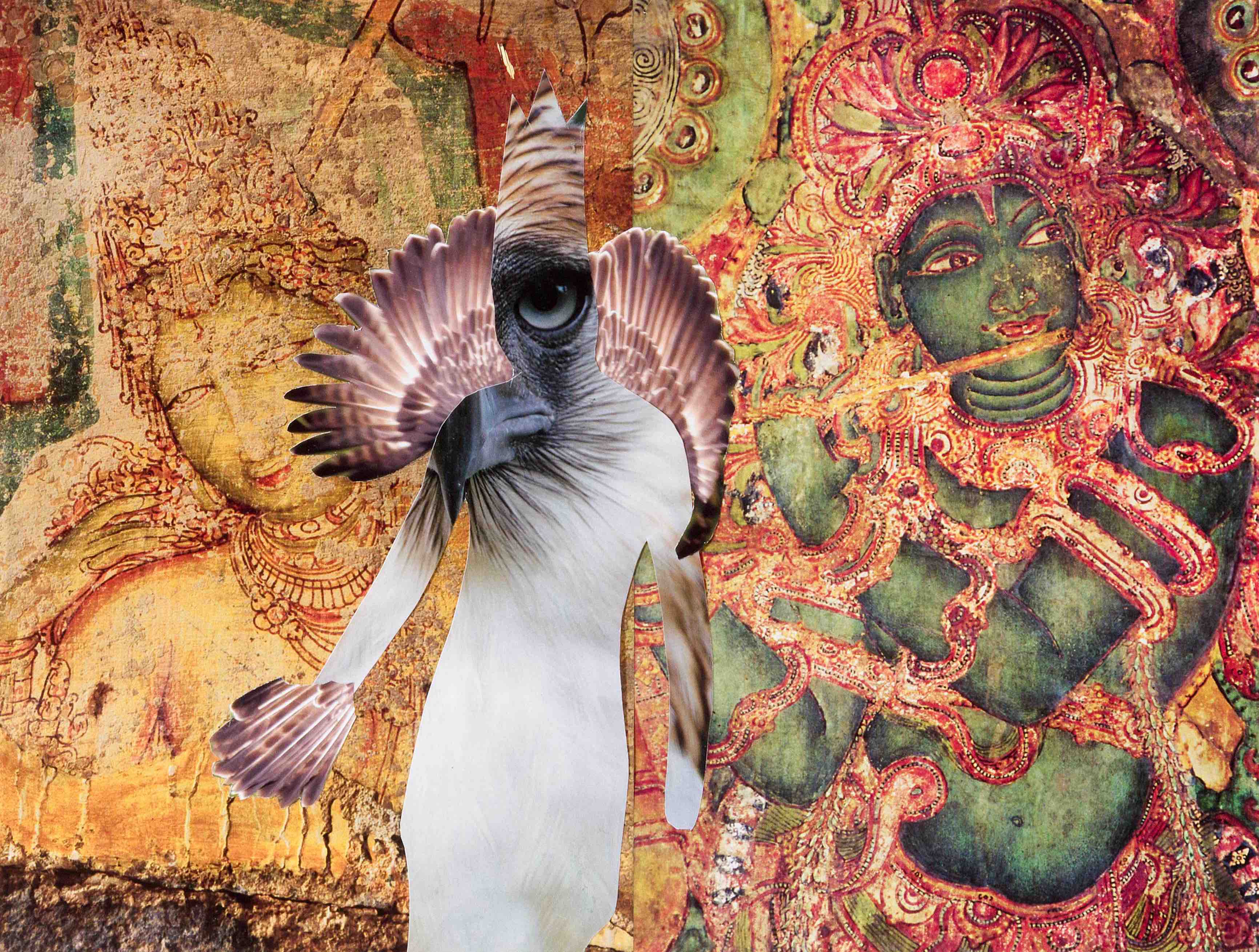
FIG. 9

DAVID YOUNG FILLS OUT THE WILD CULTURE SCRIBBLER'S QUESTIONNAIRE
What is your first memory and what does it tell you about your life at that time and your life at this time?
A red mitt frozen to the ground under a shrub by our front porch steps. I was too young to talk. It is a content-free memory that tells me nothing.
Can you name a handful of artists in your field, or other fields, who have influenced you — who come to mind immediately?
Michael Ondaatje, Fielding Dawson, Brian Eno, Simon McBurney, Stan Bevington.
Where did you grow up, and did that place and your experience of it help form your sense about place and the environment in general?
I grew up on Toronto’s western flank in various houses along the shores of Lake Ontario. I am a shore person.
If you were going away on a very long journey and you could only take four books — one poetry, one fiction, one non-fiction, one literary criticism — what would they be?
One Anne Carson, one Ben Lerner, one history of science, no lit crit.
What was your most keen interest between the ages of 10 and 12?
Reading and fishing.
At what point did you discover your ability with writing?
I started making little books very early on. Spent a year in and out of the hospital when I was eight, which provided some good thinking time.
Do you have an ‘engine’ that drives your artistic practice, and if so, can you comment on it?
Other people’s problems.
If you were to meet a person who seriously wants to do work in your field — someone who admires and resonates with the type of work you do, and they clearly have real talent — and they asked you for some general advice, what would that be?
Work on your ability to take a punch. As Mr. Beckett put it: ‘Fail, fail again, fail better.’
Do you have a current question or preoccupation that you could share with us?
Loop quantum gravity, the most promising theory to join our understandings about the very large and the very small and thereby unify the two regimes of cosmology. Lots of excellent books on the subject at the moment.
What does the term ‘wild culture’ mean to you?
Sea kayaking on Georgian Bay . . . and anything that manifests 'the sublime' — beauty, awe and danger entwined.
If you would like to ask yourself a final question, what would it be?
Why aren’t you working?

DAVID YOUNG is a writer of plays (Glenn, Inexpressible Island, Fire) and most recently a novel. He has been active in the cultural life of his community, spending many years on the editorial board of the Coach House Press as well as serving as a founding director of The Writers' Trust and the Griffin Poetry Prize. David sits on the board of Dignitas International, and in recent years has become very active in their HIV/AIDS field operations in Africa. He lives in Toronto.

Comments
David Young's Moving Spirit
David Young's Moving Spirit is powerful, beautiful, a bit frightening, somehow familiar.
I love this piece by David
I love this piece by David Young, the WC Questionnaire, and to see his collages: compelling at times, humorous at times, somehow soothing visuals. A cool window to a remarkable man, writer, thinker, artist and human who brings people and worlds together.
Add new comment